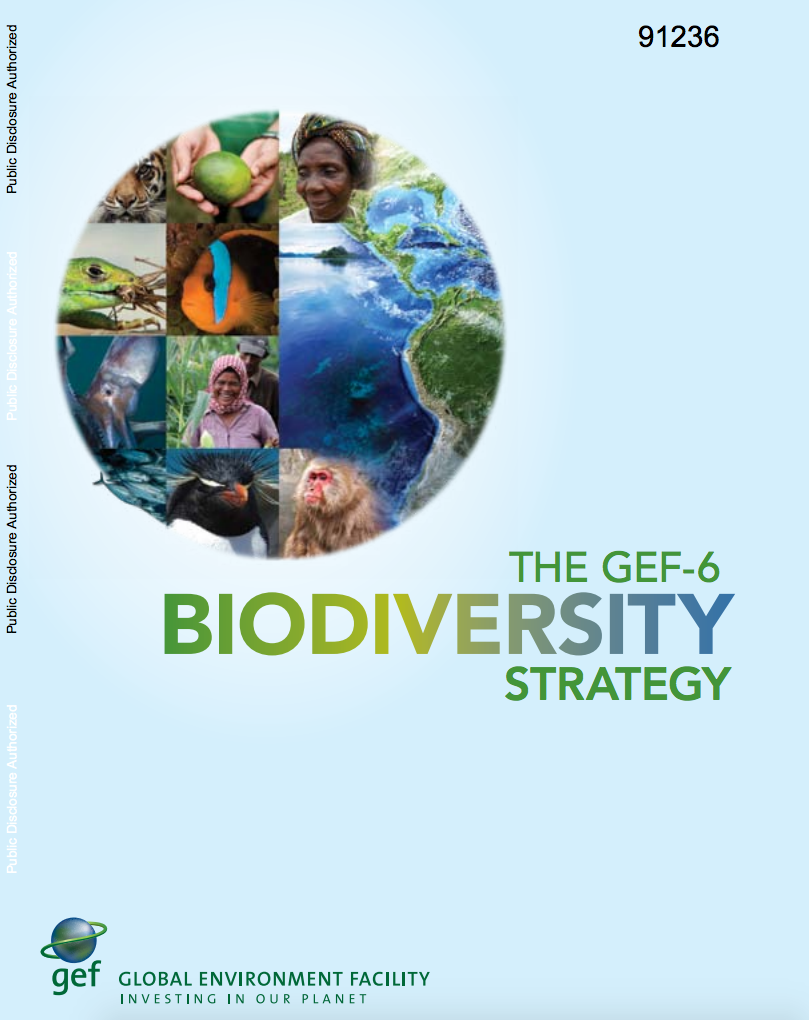Resource information
The Convention on Biological Diversity
(CBD) defines biodiversity as the variability among living
organisms from all sources including, inter alia,
terrestrial, marine and other aquatic ecosystems and the
ecological complexes of which they are part; this includes
diversity within species, between species, and of
ecosystems. The Millennium Ecosystem Assessment and TEEB
(The Economics of Ecosystems and Biodiversity) demonstrated
that biodiversity underpins ecosystem goods and services
that are required for the survival of human societies and
for the future of all life on the planet. In addition,
biodiversity generates considerable economic value through
the provision of goods such as food, water, and materials,
and services such as climate regulation, pollination,
disaster protection, and nutrient cycling. Governments,
civil society organizations, the private sector, indigenous
people and local communities, and others have made some
progress in sustainably managing biodiversity and ecosystems
at local and national levels, but not at the scale necessary
to stem the ongoing tide of biodiversity loss globally.
Current estimates indicate that species loss is occurring at
1,000 to 10,000 times the natural background rate. Of all
the global environmental problems the world is facing today,
biodiversity loss is the only one that is likely irreversible.


